Close to Kaimonji Park is a brightly lit restaurant sign that says “fish”. Mishimajoro Shokudo, run by Machiko and her daughter Aki, is a restaurant with a subtly mysterious atmosphere. Take a seat at the counter and your eyes will surely be drawn by the bright red kitchen.
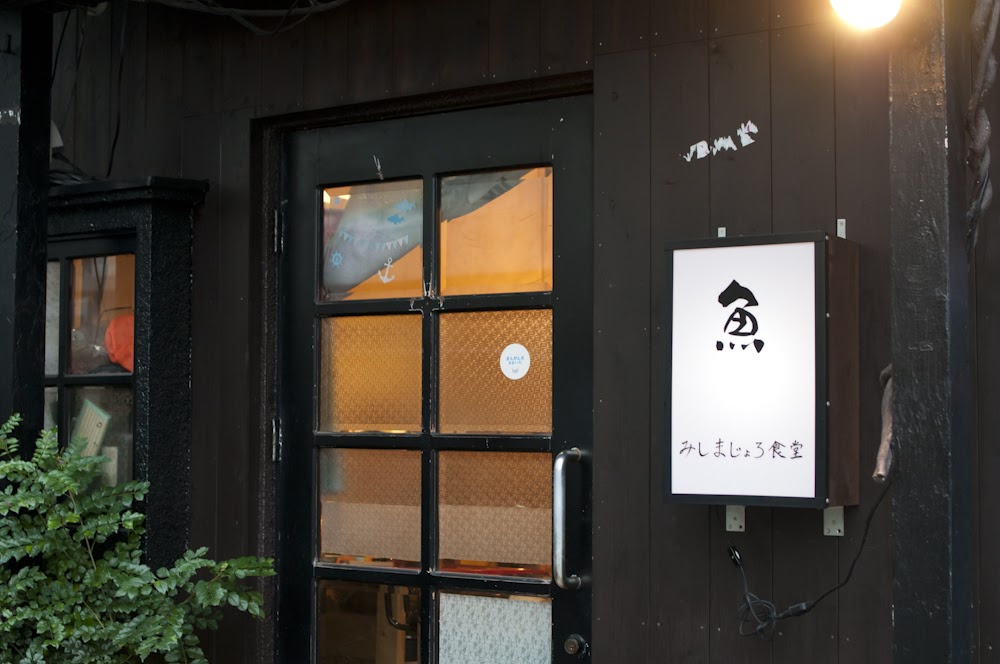
“Cups are on the table, water’s in the fridge. Serve yourself and drink as much as you like,” said Aki as I stepped inside. If you’ve been to restaurants in Beppu before, you should be accustomed to self service. I ordered the kampachi sushi lunch set with goya* egg stir fry. “We’ve got flathead fish today. I recommend it fried.” I was intrigued, and added it to my order, trying to remember what a flathead fish was.
*Goya is the the Japanese word for Momordica charantia, also known as bitter melon or bitter gourd.

“It’s a deep sea fish, caught in the Bungo Channel. It’s good, I think you’ll like it,” said a couple seated at a nearby table. Before preparing the fish, Aki held it up from behind the counter so I could see. It’s head was flat, almost like it had been squashed, and it’s two eyes were horizontal right across from each other. “This knife was part of my mother’s dowery. I’ll use it prepare this fish,” she said.
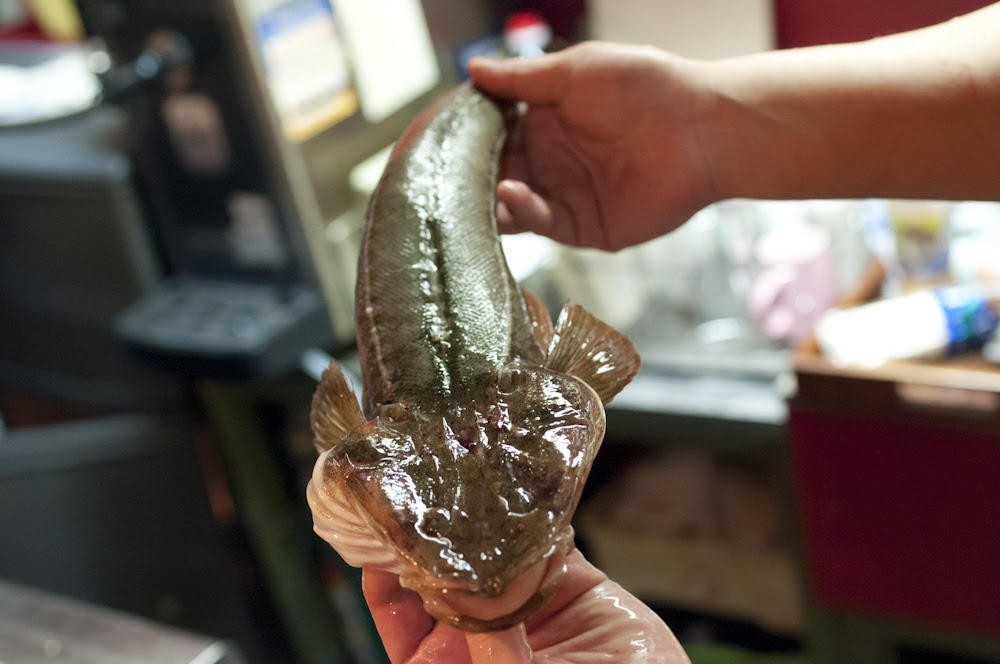
Machiko and her husband are originally from Saiki in the south of Oita Prefecture where they caught and sold fish. For that reason Aki has been eating fish since she was little. “Every morning we’d have sashimi for breakfast. I hated it,” said Aki. Most people, however, would consider her lucky. “When we got bored, our only choice was to go to the shore.” There she would fish or pick up shells. Listening to Aki and Machiko talk about Saiki I felt relaxed, and I could picture the town and the clear blue ocean stretching to the horizon.
After Machiko stepped away from the fishing business and her son went to college and got a job in Beppu, she and her family naturally followed.
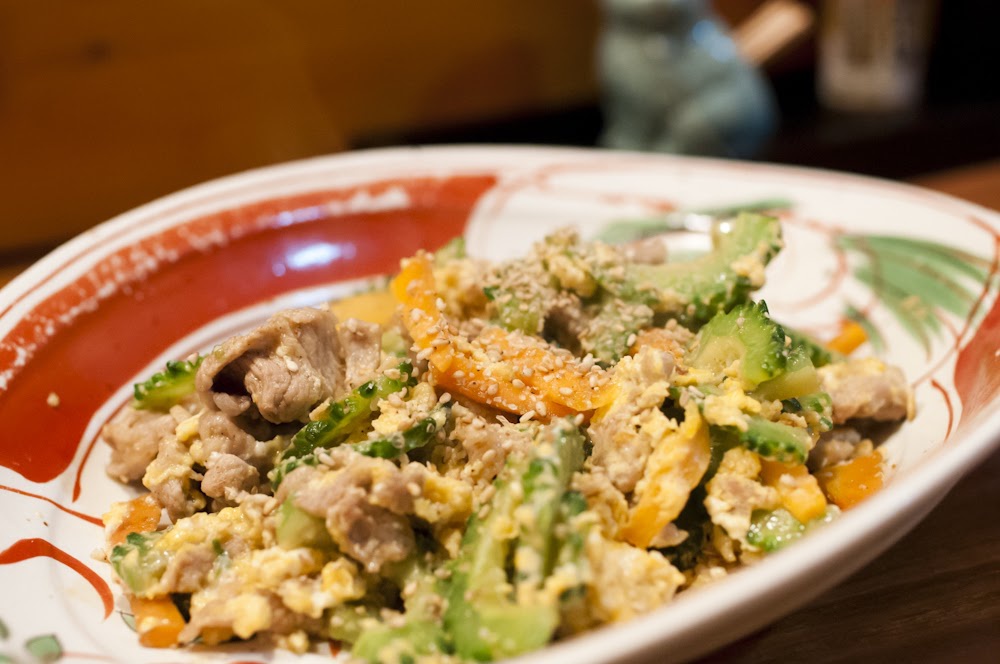
I was so engrossed in their stories, I almost didn’t notice when the food came out. The kampachi sashimi was fresh and thickly sliced. “Watch out for bones,” Aki said, as she brought out the fried flat head fish. Breaking through the sweet smelling fried batter revealed soft, fluffy fish meat inside.
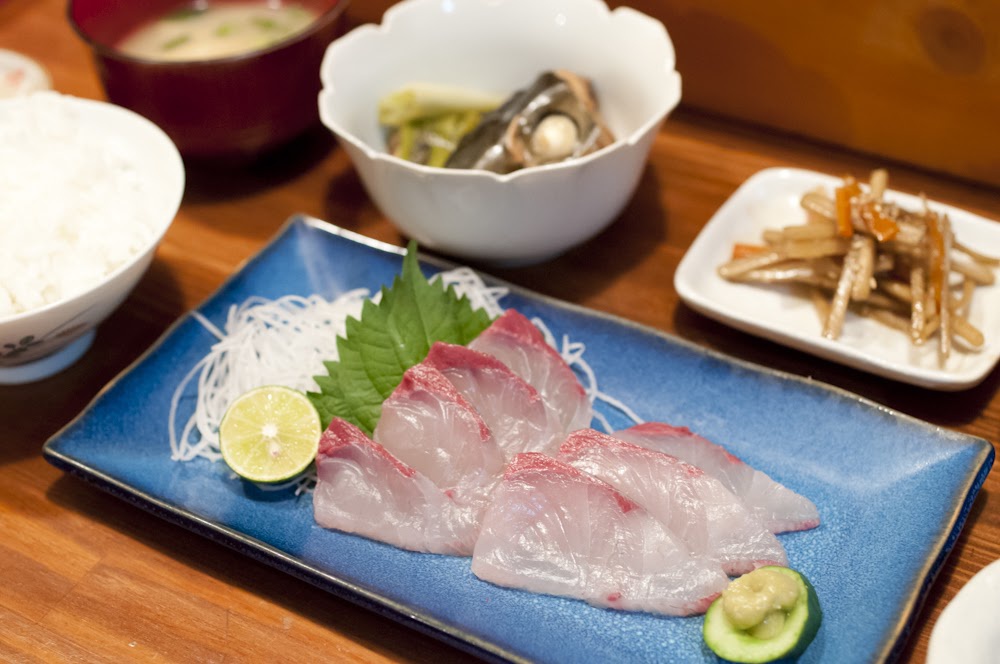
Curious as to the origin of the restaurant’s name, I asked them. Machiko walked over to the bookshelf and took down a fish identification guide book. “I was born in Yonōzu. All of the fishermen there call the devil stinger fish ‘mishimajoro’,” she said. She pointed to a picture of the fish in the book and said with a laugh, “This one’s pretty ugly.”
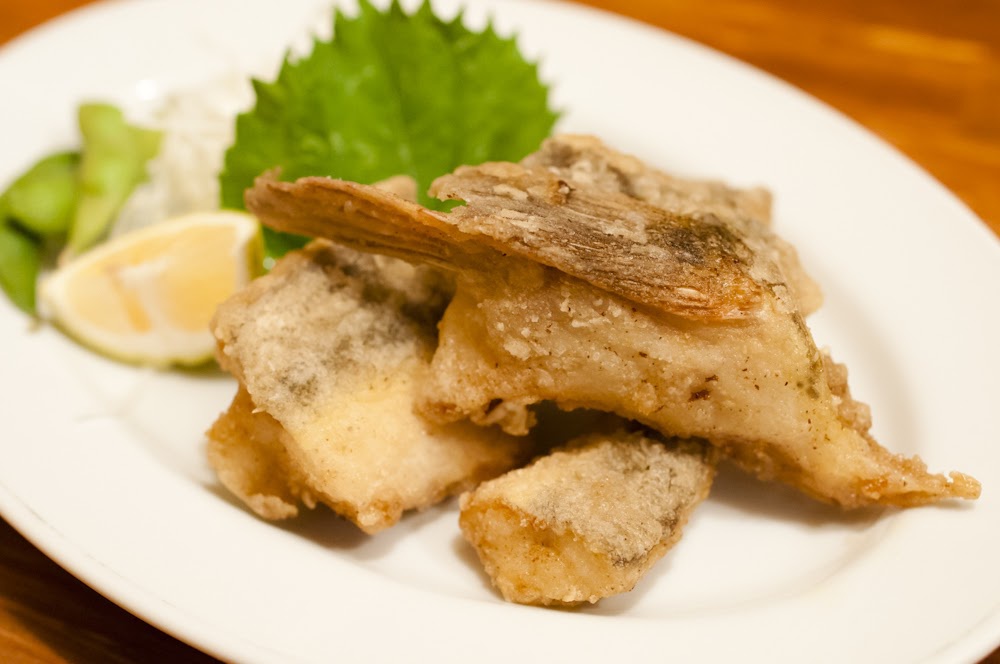
Absorbed in light and friendly conversation with Machiko and Aki, after a few drinks I felt so close to them that I would have easily confided all of my personal hopes and fears.
Happy and satisfied after a delicious meal, I paid the bill and stepped outside through the noren*, as Machiko and Aki called out in warm voices “arigatou*”. I felt a bit tipsy from the alcohol as I walked along Ekimae Street, ready to go wherever my feet took me on that Beppu night.
*A noren is a traditional Japanese fabric divider commonly hung between rooms or in doorways.
*Arigatou is a Japanese phrase meaning “thank you”.
